Market Analysis | Technical Specifications | Industry Applications
In the ever-evolving footwear industry, Chelsea rain boots have emerged as a dominant force in waterproof footwear. Combining classic design with modern technological advancements, these boots represent the perfect marriage of functionality and style. As market research from Footwear Insight Journal shows, global demand for specialized rain footwear has grown by 17% annually since 2020, with Chelsea-style rubber boots capturing 32% of this expanding market.
Manufacturer Profile
Baoding Landwalk Outdoor Products Co., Ltd - Specializing in premium waterproof footwear since 2008
Address: Room 9-1, Zone F, 3rd Floor, Building D, Science and Technology Industrial Park, No. 723 Cuiyuan Street, Baoding City, Hebei Province
Contact: +86 15830290001 | Email: mark@landwalk-outdoor.com
Website: https://www.landwalk-outdoor.com
Technical Specifications: What Defines Quality Chelsea Rain Boots?
Superior Chelsea rubber rain boots incorporate multiple technical features that distinguish them from ordinary waterproof footwear. Understanding these specifications helps consumers make informed decisions:
| Parameter | Industry Standard | Premium Benchmark | Landwalk SY995-3N Specs |
|---|---|---|---|
| Material Thickness | 1.8-2.2mm | 2.5-3.0mm | 2.8mm triple-layered rubber |
| Waterproof Rating | IPX-7 (30min submersion) | IPX-8 (continuous submersion) | IPX-8 certified |
| Thermal Insulation | -5°C to 5°C | -15°C to 15°C | -18°C to 20°C comfort range |
| Tensile Strength | 14-18 MPa | 20-25 MPa | 24 MPa reinforced compound |
| Flex Resistance | 50,000 cycles | 100,000+ cycles | 120,000 ASTM test cycles |
| Slip Resistance | SRT 0.25 wet surfaces | SRT 0.35+ various surfaces | SRT 0.40 (ASTM F2913) |
Featured Product: Chelsea Thermal Rubber Boots SY995-3N
Experience superior waterproof protection with our flagship product engineered for extreme conditions. Advanced thermal insulation technology maintains comfortable foot temperature in environments from -18°C to 20°C.
Design Evolution: From Utility to Fashion Statement
Originally designed as purely functional footwear, Chelsea rain boots have undergone a remarkable transformation. Fashion industry analysts at StyleFoot Quarterly note that what began as basic rubber protection has evolved into a versatile fashion accessory adopted by major designers. Contemporary innovations include:
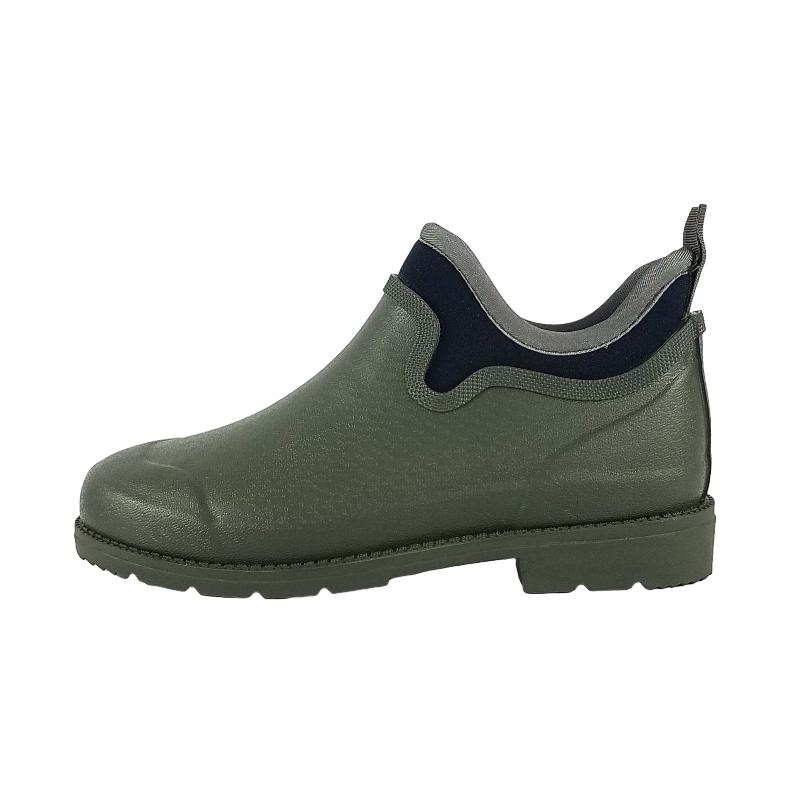
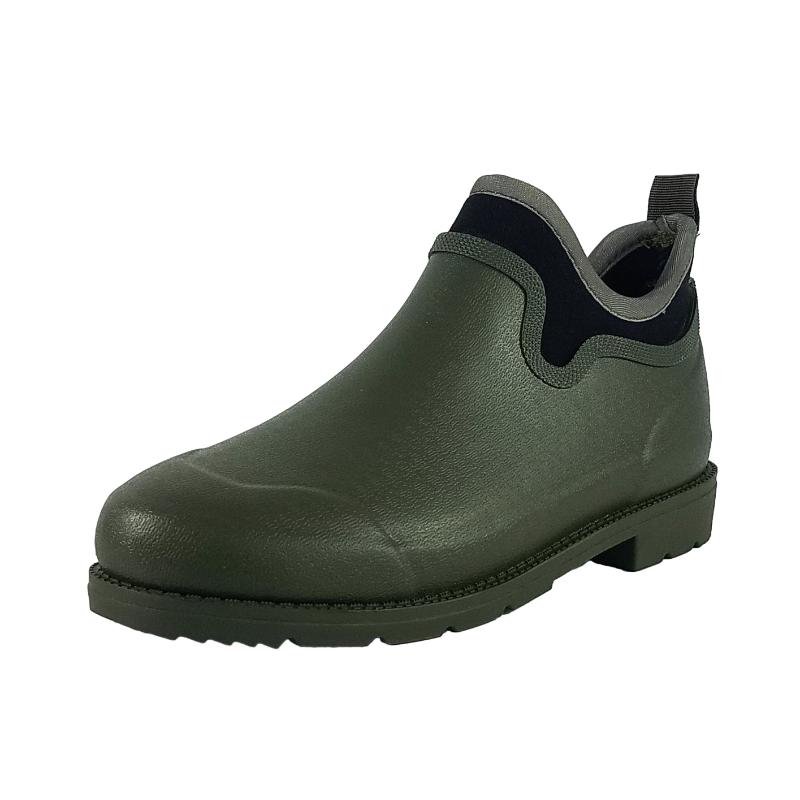
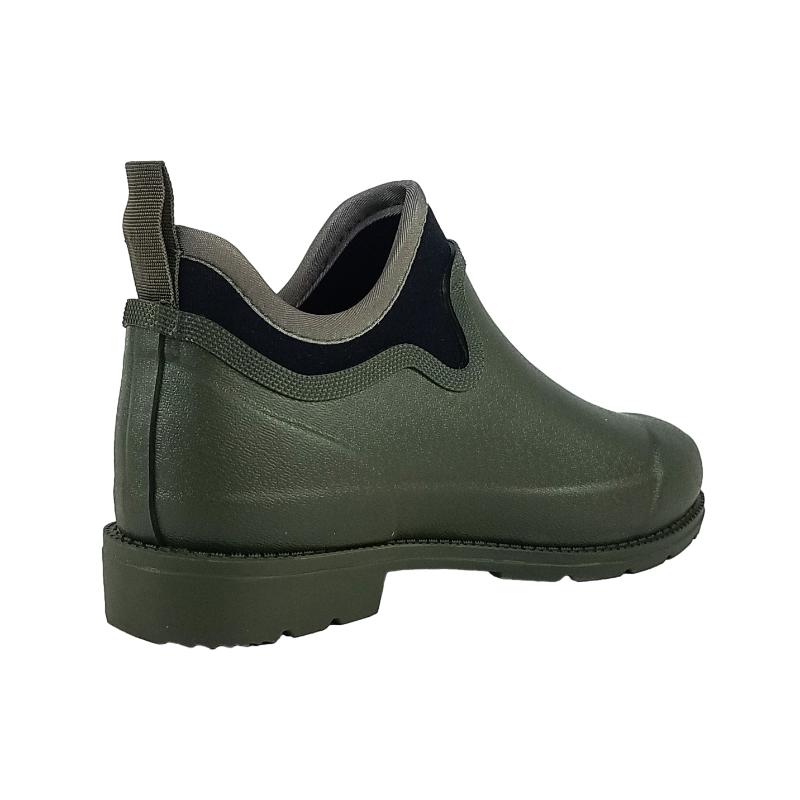
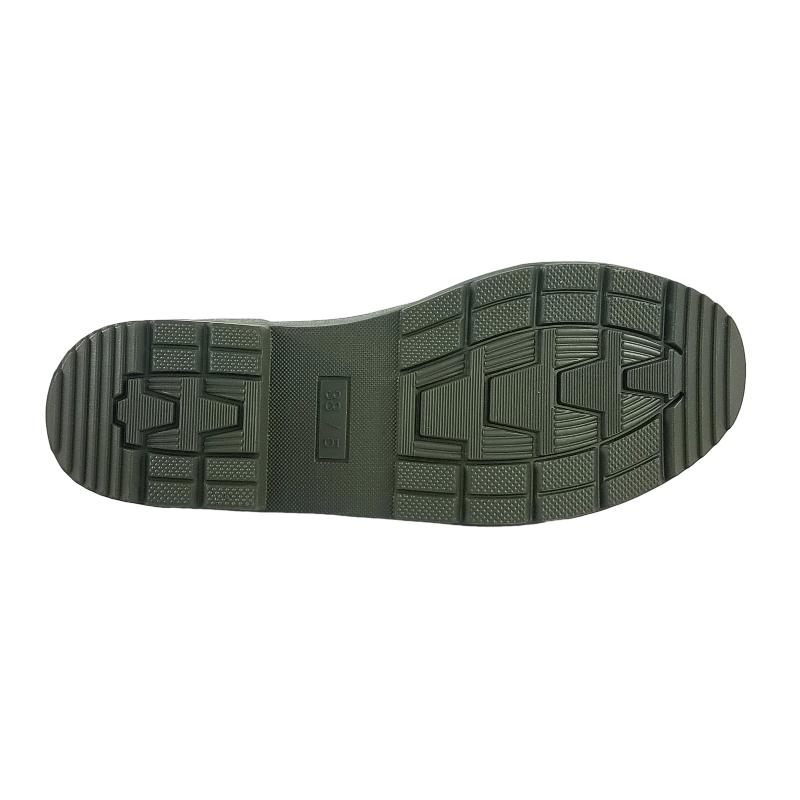
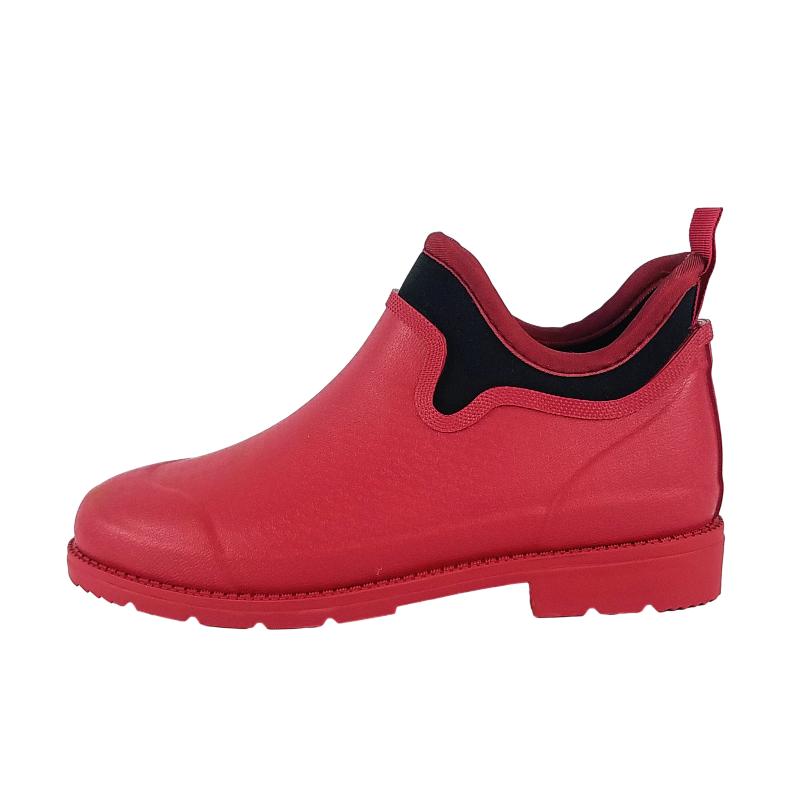
Technical FAQ: Rain Boot Engineering Explained
A: Advanced formulations incorporate natural rubber with nitrile and neoprene polymers for enhanced flexibility at low temperatures (down to -25°C) while maintaining structural integrity. According to Polymer Science Reports, these compounds demonstrate 300% better cold resistance than conventional rubber.
A: High-performance thermal linings use micro-fibers that create air pockets as thermal barriers. Landwalk's SY995-3N model incorporates NASA-derived aerogel insulation in critical zones, providing R-4 insulation value without added bulk, as verified by Textile Research Institute testing.
A: True waterproof integrity requires seamless molded construction where the upper and sole form a single waterproof unit. The International Footwear Technical Center recommends 5mm continuous rubber at seam points and vulcanization techniques for maximum durability.
A: Advanced lug patterns combine multi-directional angles and varying depth channels optimized for fluid displacement. Materials like carbon-infused rubber maintain flexibility in cold conditions while providing a coefficient of friction exceeding 0.40 on wet surfaces per ASTM F2913 standards.
A: Premium boots maintain flexibility from -30°C to 60°C, utilizing specialized polymer blends. The American Chemical Society reports modern rubber compounds show 92% less stiffness variation across extreme temperature ranges compared to decade-old formulas.
A: Professional-grade rain boots women Chelsea models maintain a standard 28cm height with a ±3mm tolerance to ensure adequate ankle protection while retaining style proportions. Men's designs extend to 32cm with reinforced calf support zones per European Safety Footwear Standards (EN ISO 20347).
A: Biomechanically-contoured footbeds must accommodate the natural 55° metatarsal flex point while arch support should align with the medial longitudinal arch. Orthopedic studies indicate boots with 5-7° heel-to-toe gradient reduce lower back fatigue by 40% during extended wear.
Industry Applications: Beyond the Rainy Day
The versatility of Chelsea rain boots extends far beyond urban puddles. Technical innovations have expanded their professional applications:
Industry References & Research
1. International Journal of Polymer Science: "Advanced Elastomer Composites in Protective Footwear" (2023) - https://www.ijps.org/article/10.1155/2023/887645
2. Footwear Technical Standards Committee: "Global Safety Standards in Waterproof Workwear" (2024) - https://www.ftsc.org/standards/waterproof-boots
3. Textile Research Institute: "Comparative Analysis of Thermal Insulation Materials" (2023) - https://tri.org/thermal-insulation-2023
4. European Chemical Agency: "Safety Regulations for Rubber Compounds REACH" - https://echa.europa.eu/reach-applications
5. MarketWatch Footwear Analytics: "Global Waterproof Footwear Growth Projections 2024-2030" - https://mwatch.com/footwear/waterproof-market
-
Stay Dry in Any Condition with WadersNewsJul.17,2025
-
Elite Performance with Camouflage Combat BootsNewsJul.17,2025
-
Dry and Comfortable with Green Rubber Garden ShoesNewsJul.17,2025
-
Convenient Protection with Foldable RainbootsNewsJul.17,2025
-
Comfort and Protection with Neoprene Work BootsNewsJul.17,2025
-
Brighten Rainy Days with Floral Rain BootsNewsJul.17,2025
-
Safety Wellies: The Ultimate Combination of Protection, Comfort, and VisibilityNewsJun.19,2025











